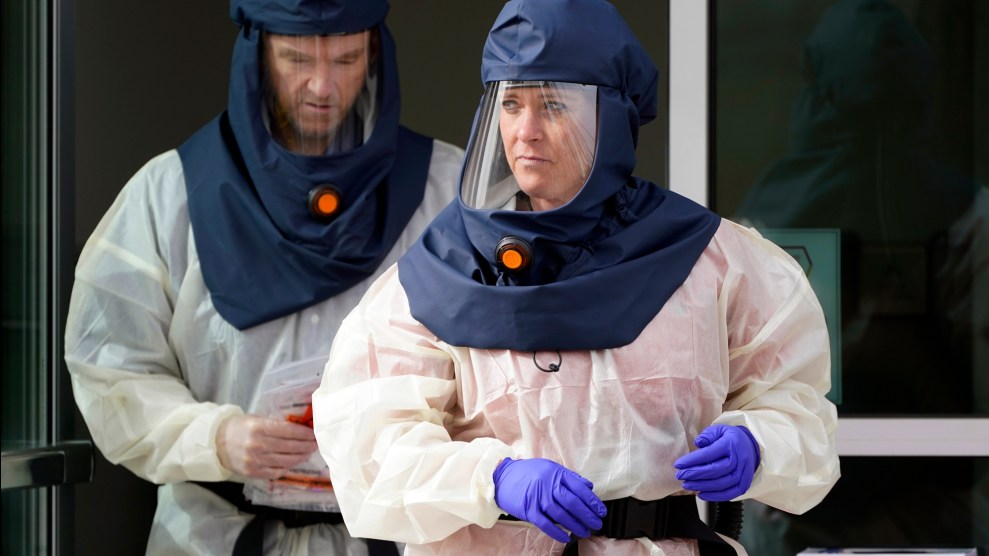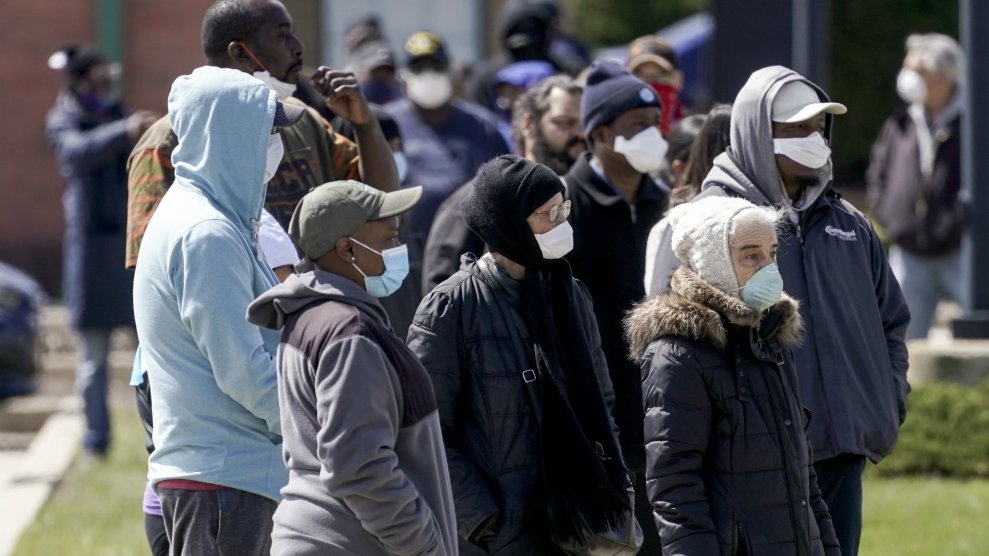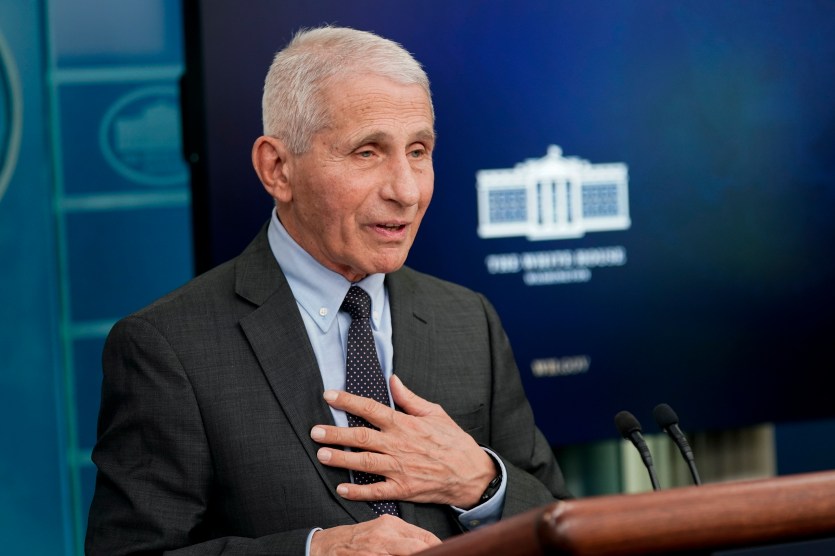
Deaths per day from the coronavirus in the U.S. are on the rise again, just as health experts had feared, and cases are climbing in nearly every single state.Rick Bowmer/AP
The United States is confronting its worst surge in coronavirus cases since the start of the pandemic. Governors are rushing new lockdowns into place as hospitals nationwide burst at the seams. The death toll is, yet again, setting daily records. Maybe by the time you listen to this episode of the Mother Jones Podcast, below, the US will have passed another dire milestone (of so many): a quarter of a million coronavirus deaths.
Inside our newsroom, reporters and editors are determined to put science—and the voices of scientists—at the heart of our ongoing coronavirus coverage. That’s why, early in the outbreak, we launched a series called “Pandemic Proofing America”, an evolving oral history collection featuring incisive interviews with the nation’s top scientists and public health experts. The central question we posed was this: With a scandalously enfeebled government hampering the country’s response, what are the most important steps we can take to make sure we’re better prepared next time around? Their responses were wide-ranging, often damning in their criticism of the current administration’s failures, and sometimes hopeful that we might find common purpose in listening to science.
For this episode of the podcast, the brains behind this series, Mother Jones‘s Atlanta-based Senior Editor Kiera Butler, has assembled a selection of these big thinkers to weigh in on how to survive America’s coming dark winter, and how the country can begin to imagine a pandemic-free future by combating disinformation and collaborating across disciplines, and beyond our borders. You’ll hear from top experts like Timothy Caulfield, from the University of Alberta’s School of Public Health; Laurel Bristow, from Emory University’s Vaccine Center; Ashish Jha, at Harvard’s Global Health Institute; and Andy Slavitt, President Obama’s top healthcare advisor.
For the entire showcase of nearly 20 interviews, click here. And listen to this week’s episode of the Mother Jones Podcast, starring Kiera Butler, below:















